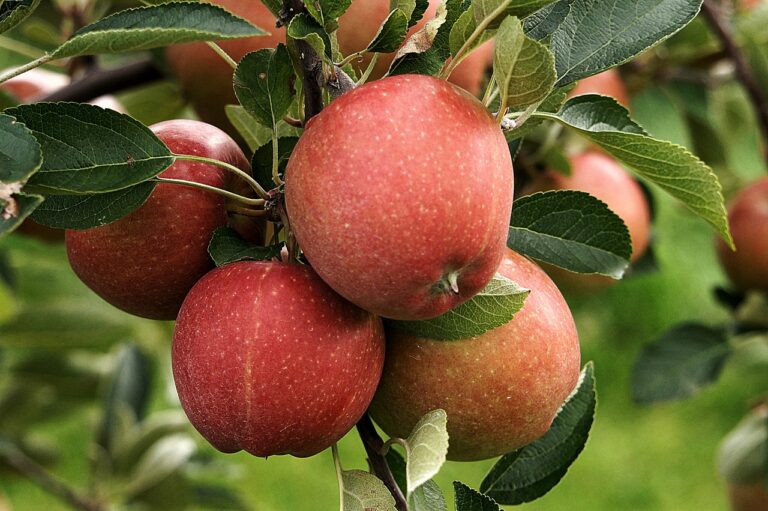Exploring the Health Benefits of Saffron
Saffron, known scientifically as Crocus sativus, has a rich history dating back thousands of years. Originating in Southwest Asia, it was highly prized by ancient civilizations for its vibrant color, unique flavor, and medicinal properties. The use of saffron can be traced back to ancient Greece, Egypt, and Rome, where it was used not only in culinary dishes but also in religious ceremonies and as a luxurious dye for textiles.
Over time, saffron spread to various parts of the world, including Europe, India, and North America. It became an integral part of many traditional dishes in regions like Spain, Iran, and India, adding its distinct earthy and slightly sweet taste to diverse cuisines. Today, saffron remains one of the most expensive spices in the world, valued for its delicate floral aroma, beautiful color, and numerous health benefits.
The Nutritional Profile of Saffron
Saffron, known as the world’s most expensive spice, is not only prized for its unique flavor and aroma but also for its nutritional value. This vibrant crimson spice contains an array of essential vitamins and minerals, making it a valuable addition to various culinary creations. Rich in antioxidants, saffron can help promote overall well-being by combating oxidative stress and inflammation in the body.
Furthermore, saffron is a good source of important nutrients such as manganese, vitamin C, iron, and potassium. These nutrients play a vital role in supporting the immune system, regulating blood pressure, and aiding in the production of red blood cells. Additionally, saffron is low in calories and contains no cholesterol, making it a healthy option for enhancing the flavor and nutritional content of meals.
What is the history of saffron?
Saffron has been used for thousands of years, with evidence of its cultivation dating back to ancient Greece. It was highly prized for its medicinal and culinary properties.
What is the nutritional profile of saffron?
Saffron is rich in antioxidants, vitamins, and minerals. It contains vitamins A and C, as well as iron, potassium, and manganese.
How can saffron be incorporated into a diet?
Saffron is commonly used as a spice in cooking, adding flavor and color to dishes. It can also be brewed into tea or used in traditional medicine practices.
Are there any potential health benefits of consuming saffron?
Some studies suggest that saffron may have anti-inflammatory and antidepressant effects. It is also believed to have antioxidant properties that can help protect against chronic diseases.
Can saffron be harmful if consumed in large quantities?
While saffron is safe for most people when consumed in food amounts, excessive intake may lead to side effects such as dizziness, nausea, and vomiting. It is important to use saffron in moderation.







